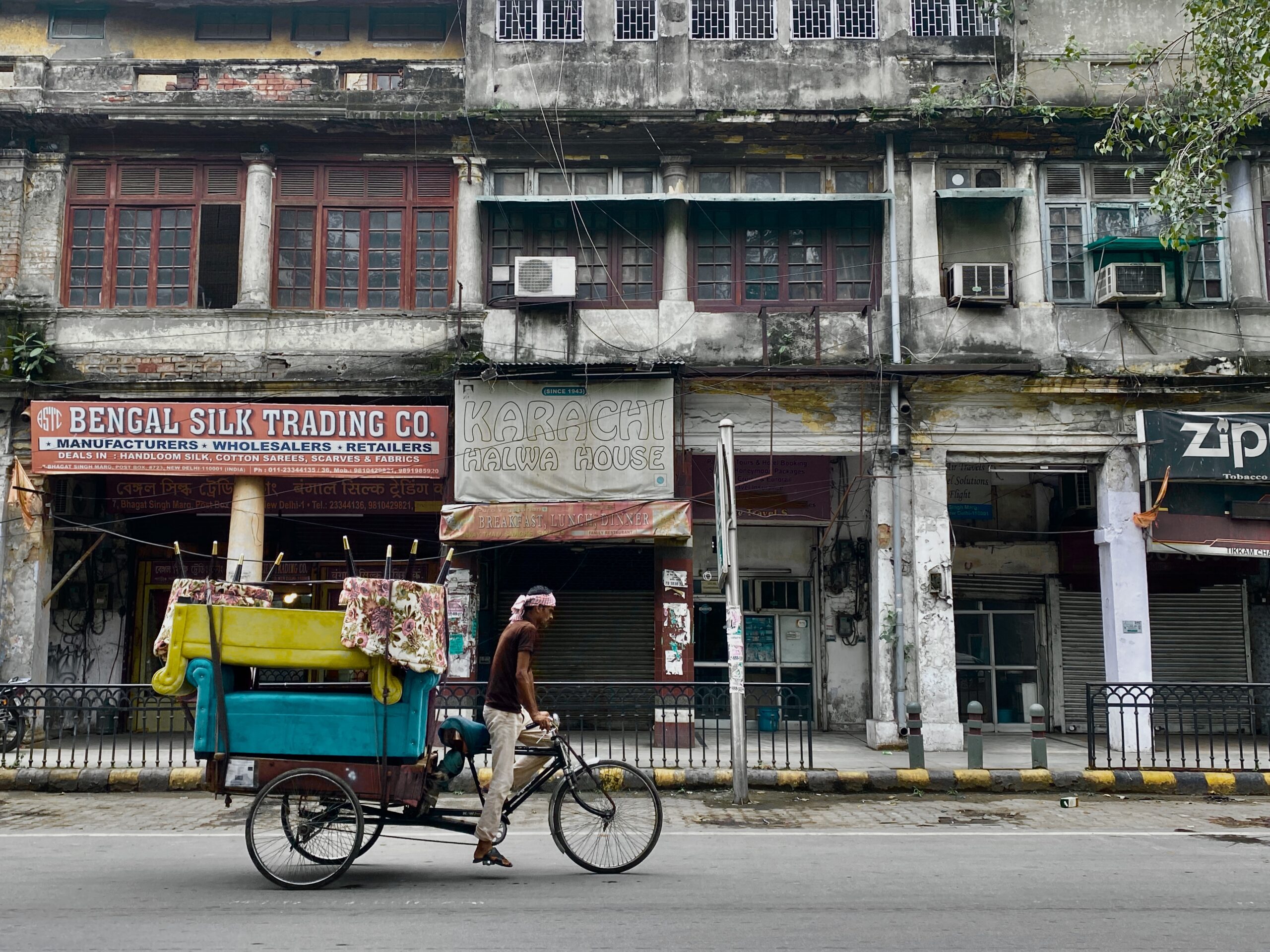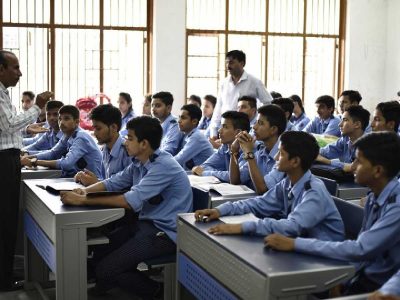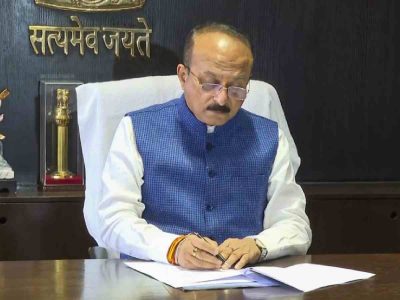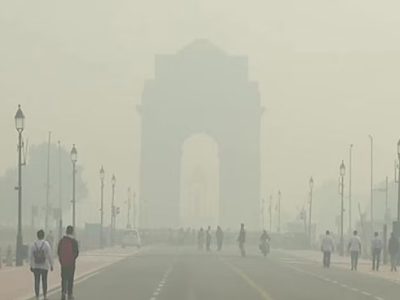Gole Market, nestled right in the heart of the Capital, is a relic of a bygone era. The central market, situated at a roundabout which leads to four radial roads, was once a hub for people working in ministries who’d visit the market’s famous restaurants and sweet shops and be seen taking strolls in the evenings with their families.
But 16 years ago, the authorities declared the central building dangerous and shopkeepers and local traders were asked by New Delhi Municipal Council (NDMC) to vacate the space.
The famous Gujarat Fisheries Central Company and Frontier Fisheries, renowned restaurants like Galina and Sagar and other iconic shops were forced to shut down, leading to protests from shop-owners. About a decade ago, the fate was sealed as all nineteen petitions filed by the occupants who had held the licenses for over 60 years were dismissed by the Delhi High Court and only shops on the surrounding roads that sheathe Gole Market hung on, barely surviving.
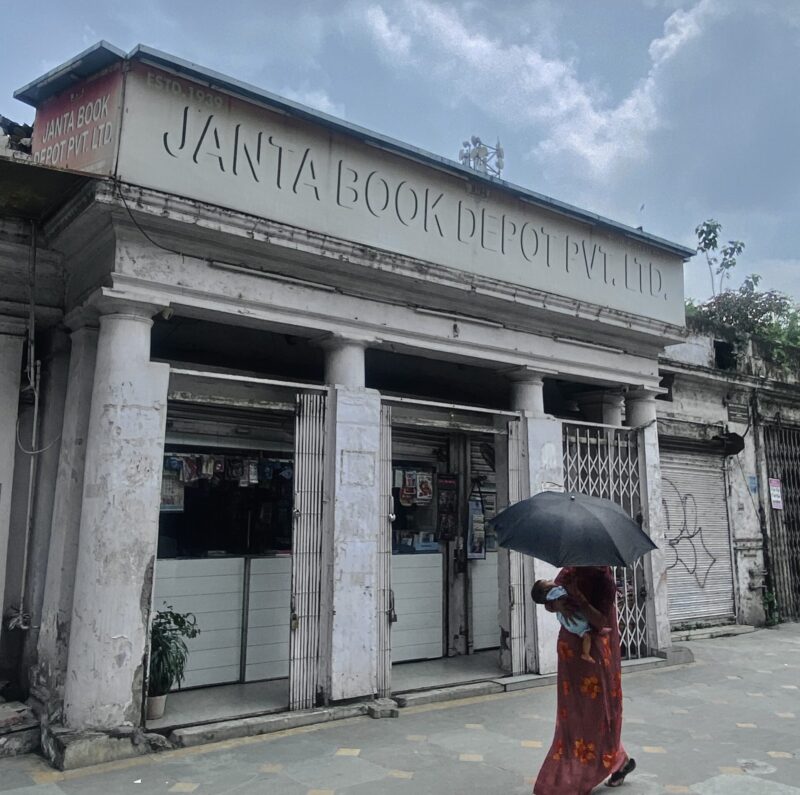
But NDMC’s announcement on June 28 to convert the central building into a museum themed on ‘Women of Delhi and India’ at a total cost of Rs 21.6 crore has set fears among these surviving shops too. Some shopkeepers are expecting removal from their current spaces.
Taalib and father Usman, who own Pappi Chicken and Fish Shop, complain about the decline in business after the closure of the central market. They fear further blow.
“Hamaare saath aisa ho sakta hai phir se (the same might happen with us again),” says Taalib.
Father Usman says that they aren’t doing even 10% of business that they used to do over a decade and half ago.
“10% karobaar bhi nahi hai (There is not even 10% business),” he says.
Usman told Patriot that he ran his business from inside the central market and had to face the same fate as the rest of the shopkeepers. Fortunately, they owned another shop in one of the radial lanes right in front of the Gole Market.
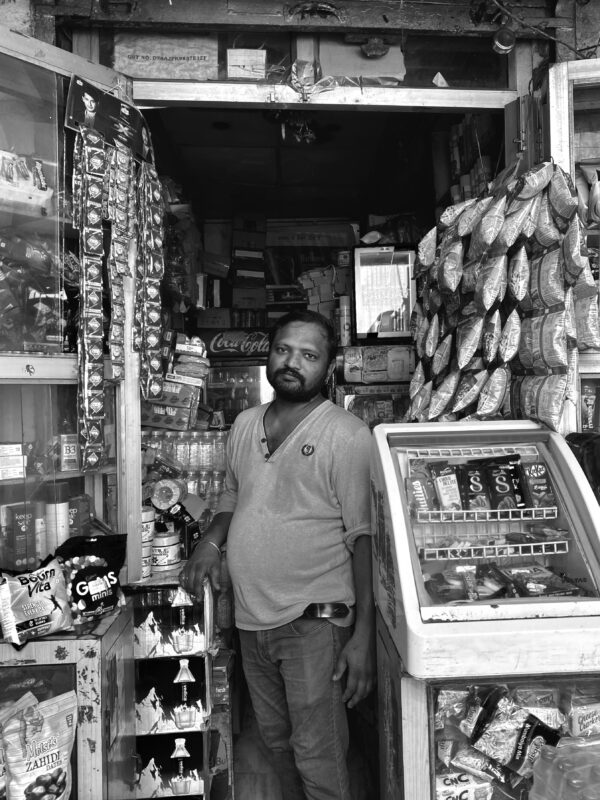
Neeraj, the proprietor of Neeraj Stores, has lost all hope of any development in the market that was shut down.
“Itne saalon se baat chal rahi hai, 2023 ho gaya, ab pata nahi aur kitna time lagega (Talks have been going on for many years, we have reached 2023. Don’t even know if something good will happen),” says Neeraj of the central market that has been lying deserted for over a decade.
He blames the media for decline in business of shops that survived around Gole Market.
“The media’s selective coverage of the situation, which suggested that the entire Gole Market has shut down when only the roundabout was closed, contributed to the market’s decline. The misleading headlines led people to assume that the entire market had ceased operations, causing negative impact,” he says.
SC Sinha, owner of ‘Bengal Silk Trading Co.’, a boutique with gleaming glass windows and showcasing exquisite collection of silk garments, recalls the days when the shop owners fought for their rights.
“We protested right in front of the NDMC office. We fought with unwavering spirit back then,” recalls Sinha.
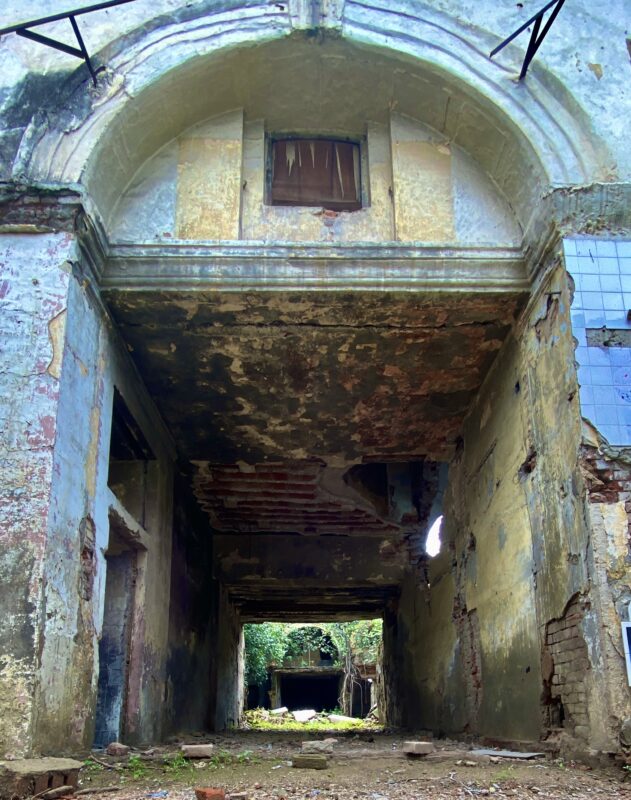
“NDMC was offering alternative spaces to traders, but the spaces offered were scattered, small, and the rent was too high for the small traders,” added Sinha.
The redevelopment plan faced resistance from shopkeepers of the roundabout, which led to various court cases and legal disputes. In 2013, the Delhi High Court ruled in favour of NDMC dismissing all 19 petitions filed by the occupants who had held licenses for over 60 years. They were eventually sent an eviction notice after a legal battle that took six years to get over.
The market, being a sanctuary for both Members of the Parliament and workers in the ministry, had also emerged as a hub for Capital’s artists. On the first floor of the building, there was the Refugee Studio (later named Gallery 26) set up by one of the significant artists from modern India, BC Sanyal and his wife, Snehlata who was a prominent ghazal singer of her times.
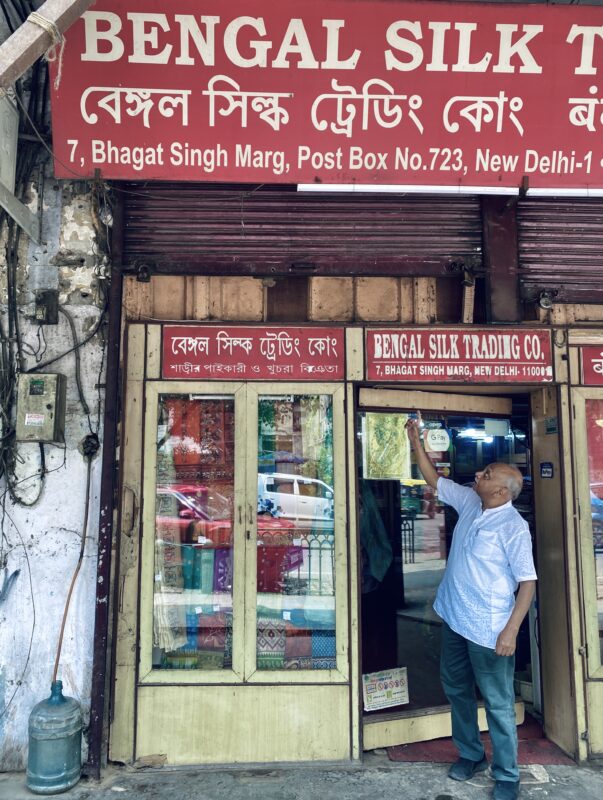
Sanyal’s contribution to the Indian modern art movement and the establishment of his studio in the post-partition era led to the creation of his own school of thought. Students and artists from different walks of life would come, create, discuss and debate art.
Janta Book Depot, an unpainted colonial structure, is another store located on Shaheed Bhagat Singh Marg which is one of the radial roads. It has shelfs holding an array of items, from medical books to everyday stationary, and was established in 1939. Inside the shop, IP Gupta diligently manages the front desk and attends customers, while reminiscing of the bygone era when the central Gole Market was at its peak.
He mentions the importance of Keswani New PT College, a coaching institute situated on the first floor of the building. The centre’s presence attracted a lot of aspirants from different fields and the young college-going students brought distinct energy and academic fervour to the market.
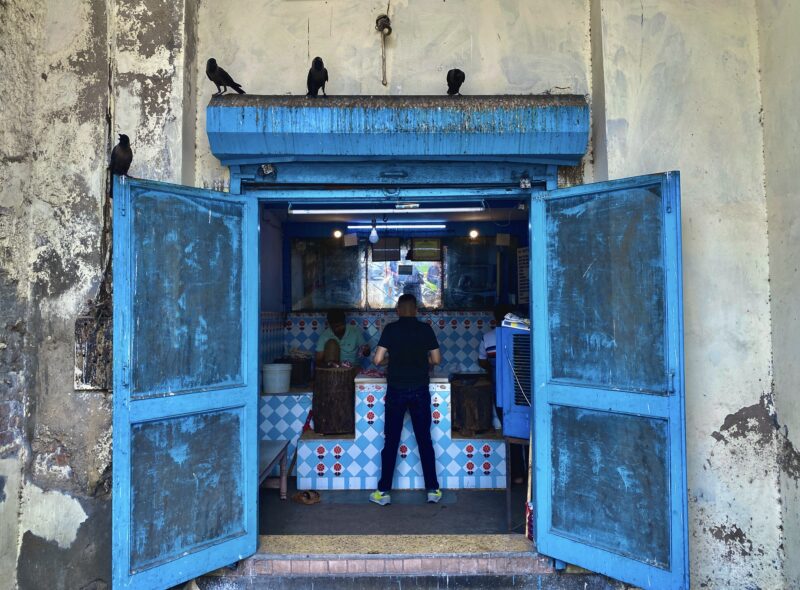
The central market’s closure caused a domino effect leading to the demise of many celebrated businesses and centres. But the end of the decade-long closure and the call to begin the revamping of the dodecagonal building into a museum has given the people of the area a faint hope even though some fear removal.

